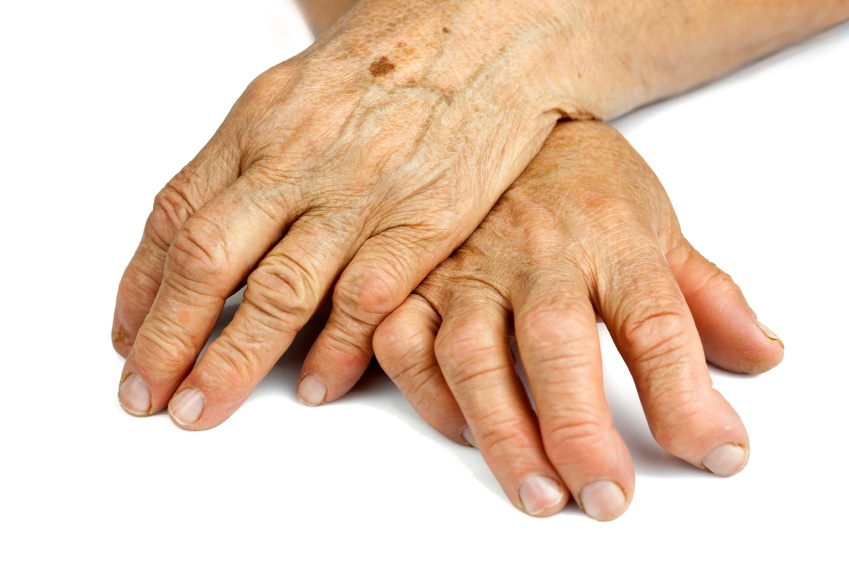Surface-enhanced Raman scatteringis a new technique to perform immunoassays that can be used to detect several disease biomarkers. It is better than traditional immunoassays, like ELISA, since it is more sensitive, selective and takes less time, which are precious things in diagnosis.
There are many biomarkers to which this technique can be applied since this method is based on a sandwich immunocomplex platform that is able to quantify specific proteins. The potential led to the development of a protocol that uses magnetic beads as a support for the sandwich immunocomplexes and allows the immunoreaction to be more efficient in solution by overcoming the limitations imposed by slow reaction kinetics in a traditional solid substrate. This new method reduces the experimental procedures’ time to just one hour after the assay is optimized.
A research team from the Hanyang University in South Korea validated this method as a diagnosis tool to detect an auto antibody against citrullinated peptide, a biomarker for the early diagnosis of rheumatoid arthritis. This technique takes advantage of the Raman scattering technique and magnetic beads improving upon it with the application of hollow gold nanospheres. The gold nanospheresact as nanotags since they are conjugated with anti-human IgG specific for the auto antibodies against citrullinated peptide that are found in circulation. This new technique was validated in blood samples from rheumatoid arthritis patients and healthy controls by comparing the obtained results with a standard ELISA immunoassay. The Raman scattering assay is more effective than ELISA at low concentrations (<25 U/mL) as shown by the superior reproducibility in the negative group. Reproducibility, especially at low concentrations is essential in biomarker detection since it limits false positive results and assures a correct diagnosis. This opens the possibility for the use of Raman scattering as a clinical diagnosis tool in the near future when an automated sampling system is developed.
Clinical validation of surface-enhanced Raman scattering-based immunoassays in the early diagnosis of rheumatoid arthritis. Chon, H., Wang, R., Lee, S., Bang, S.-Y., Lee, H.-S., Bae, S.-C., Choo, J. (2015). Analytical and Bioanalytical Chemistry, 407(27), 8353–8362. doi:10.1007/s00216-015-9020-8
Related news:
- Magnetic force, Drag force, and Magnetic Nanoparticle Diameter
- Detection of Staphylococcus aureus using vancomycin coupled magnetic beads
- Detection of uranium ions in the environment with a magnetic beads-based approach





